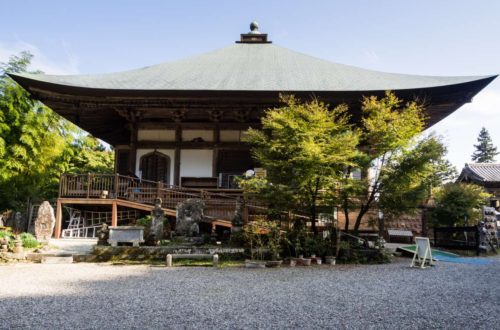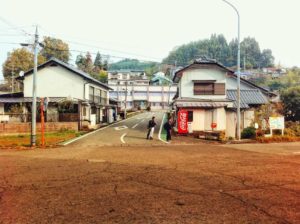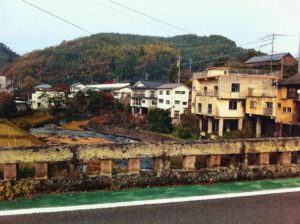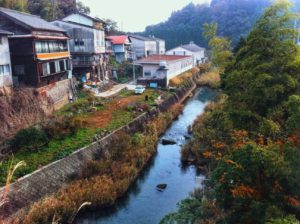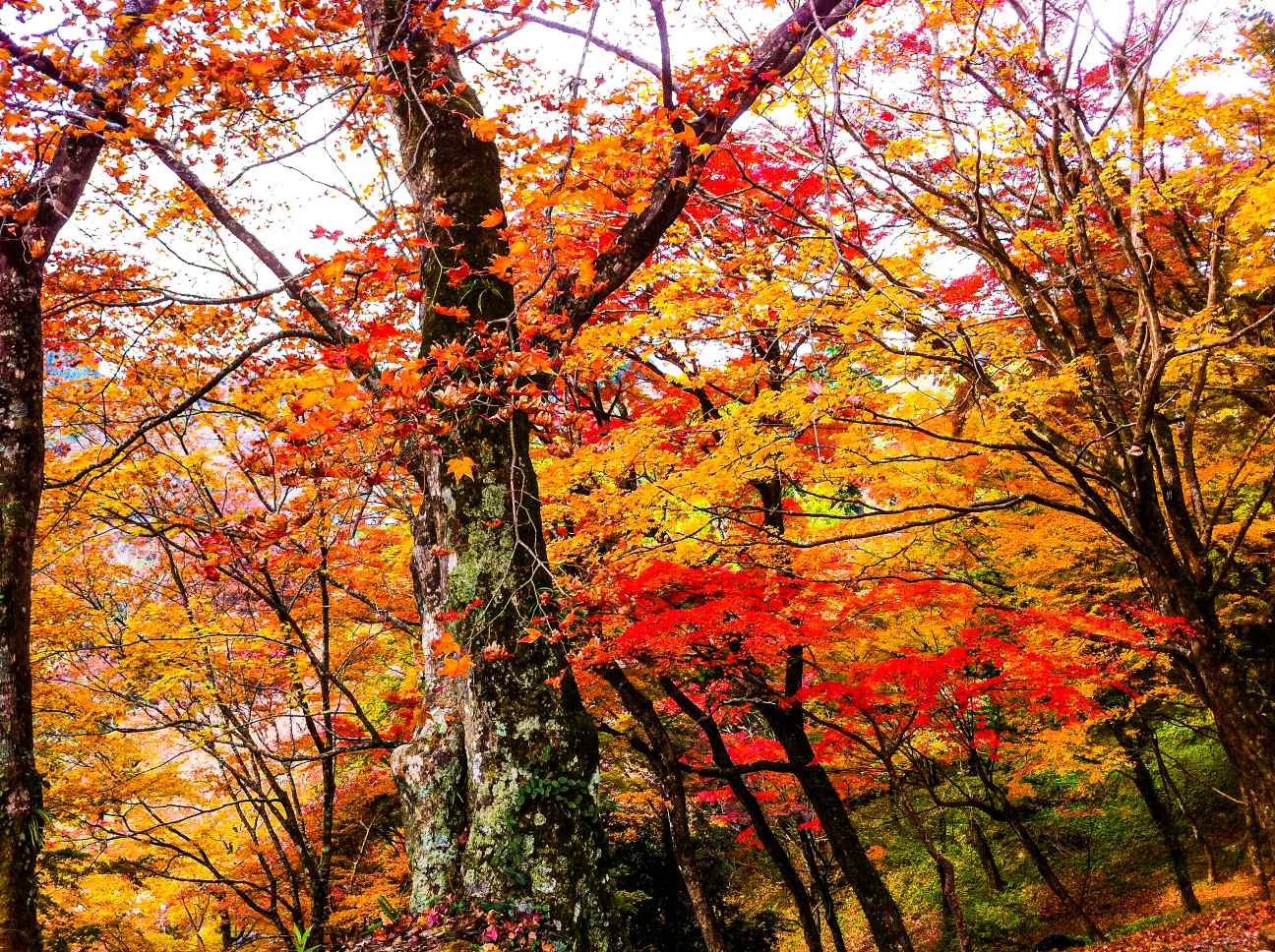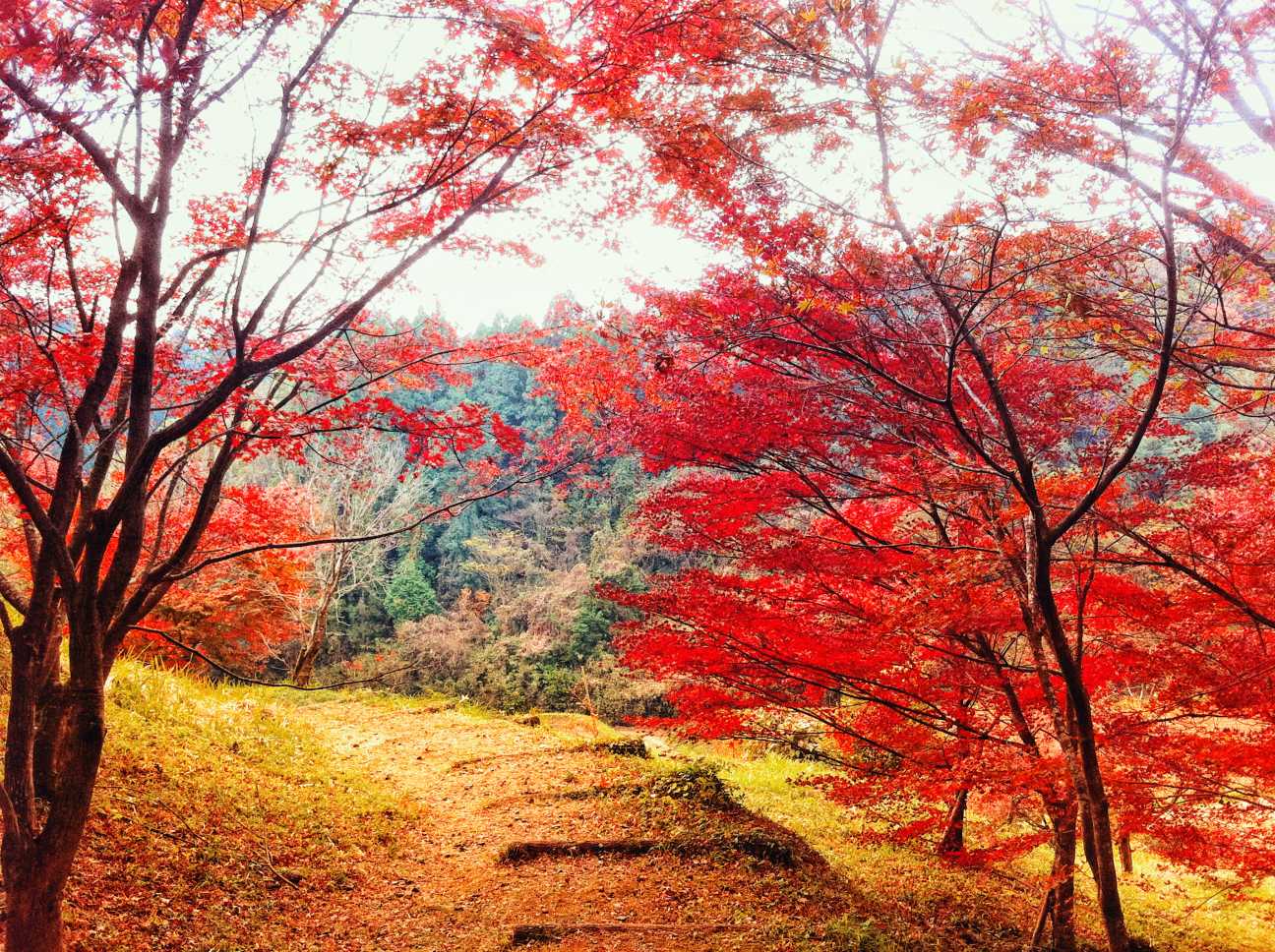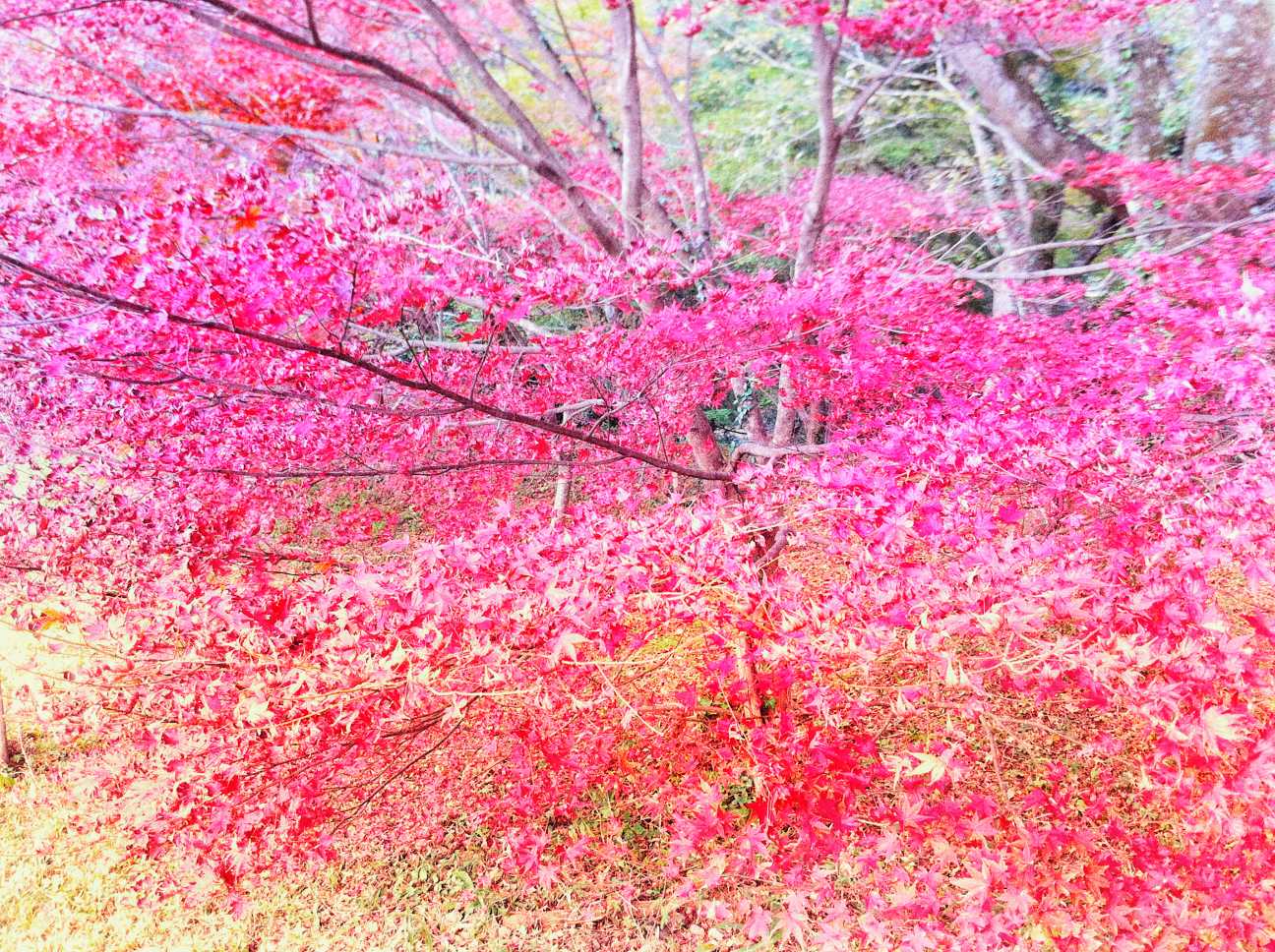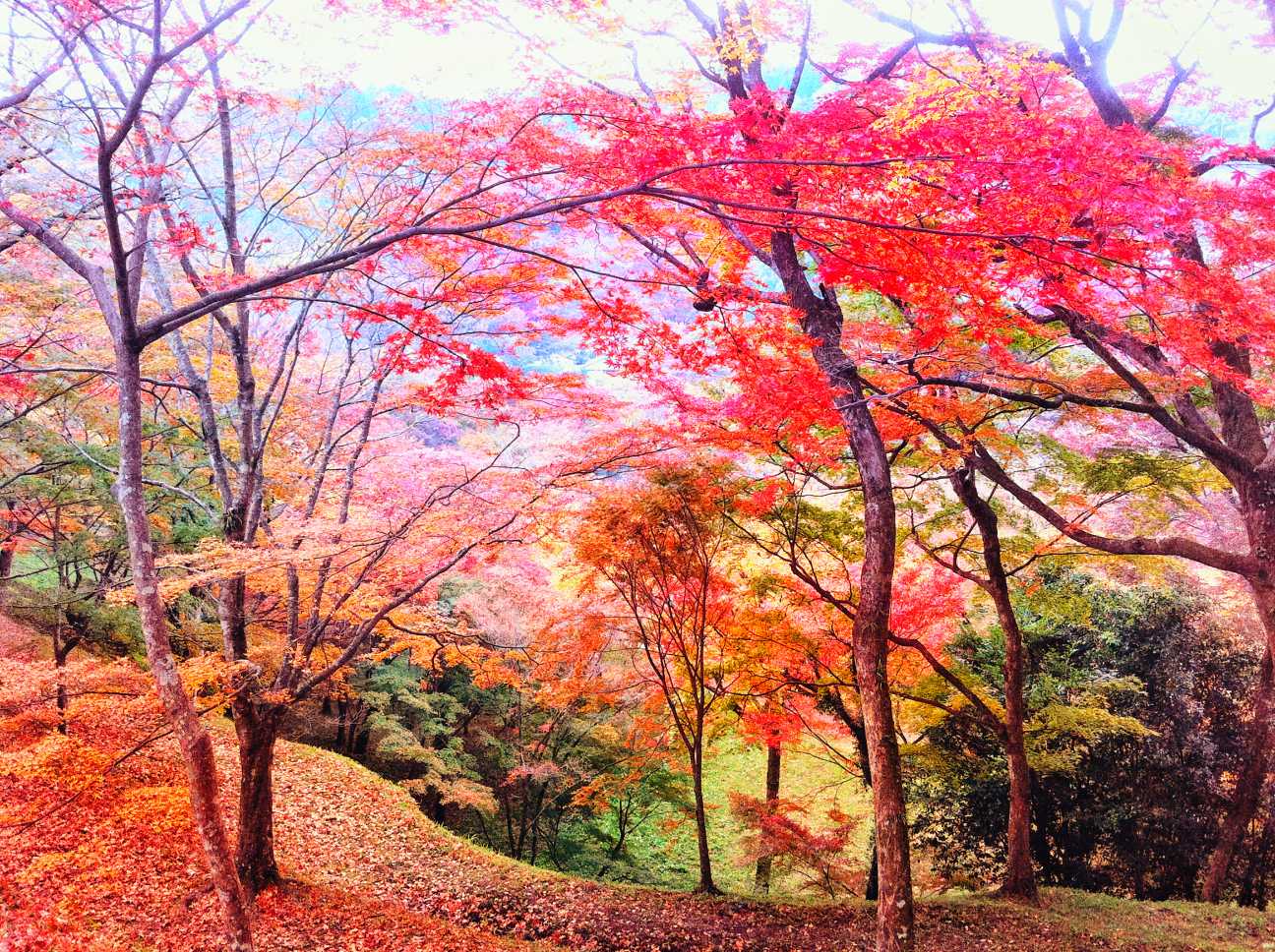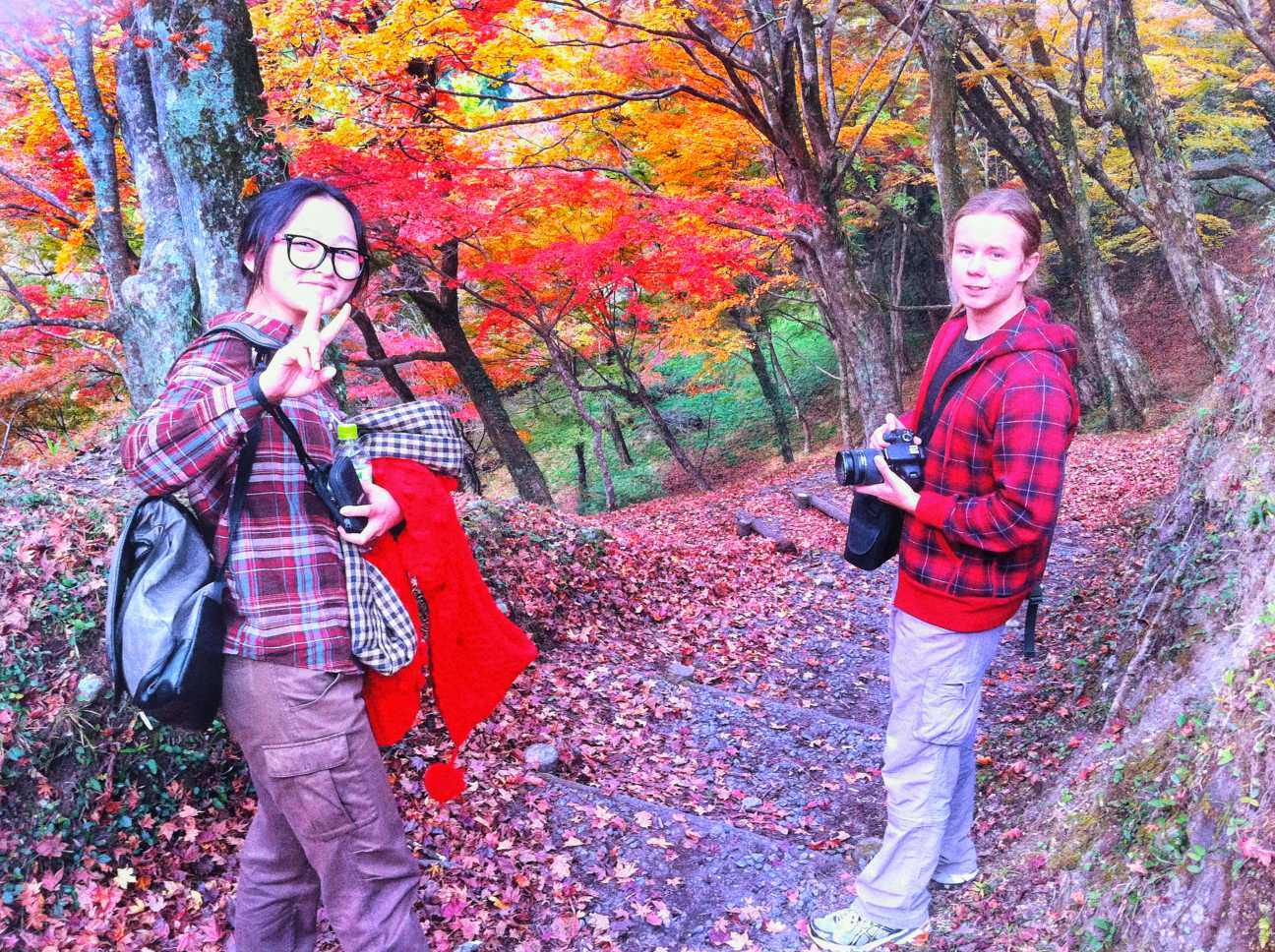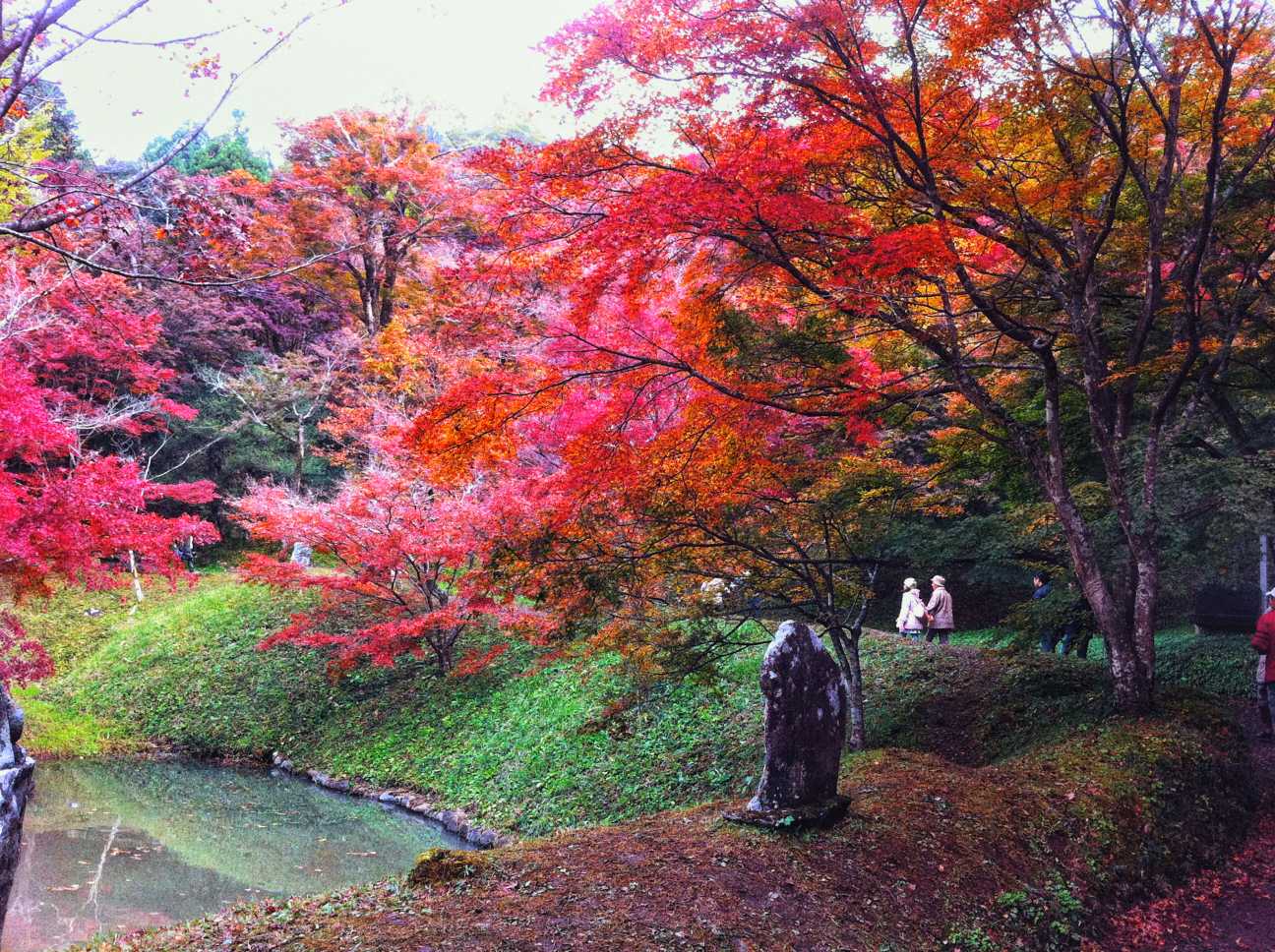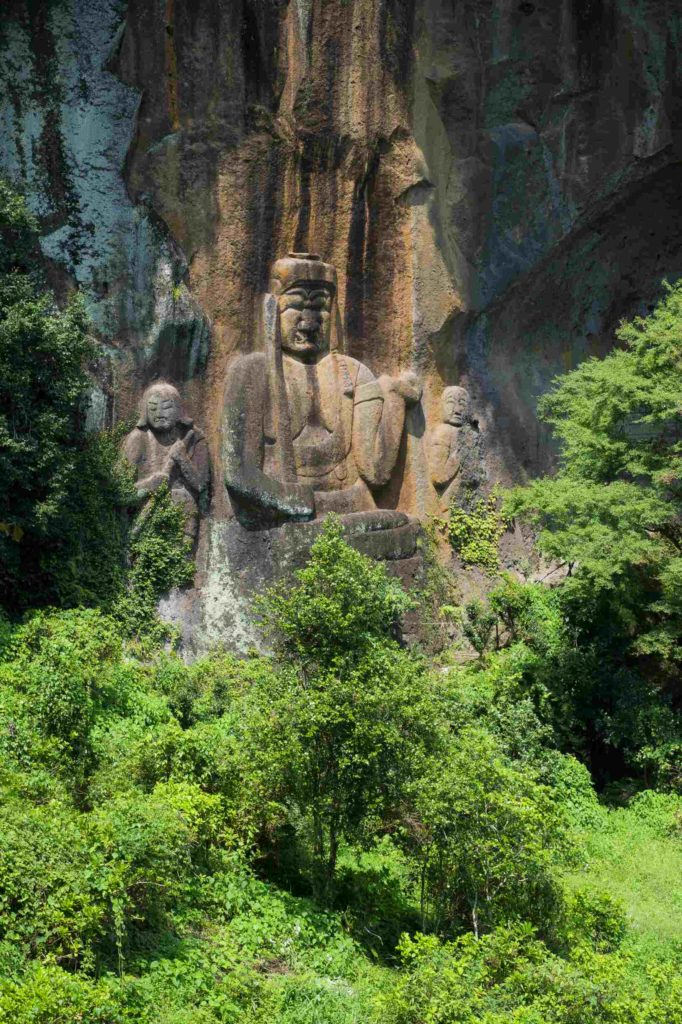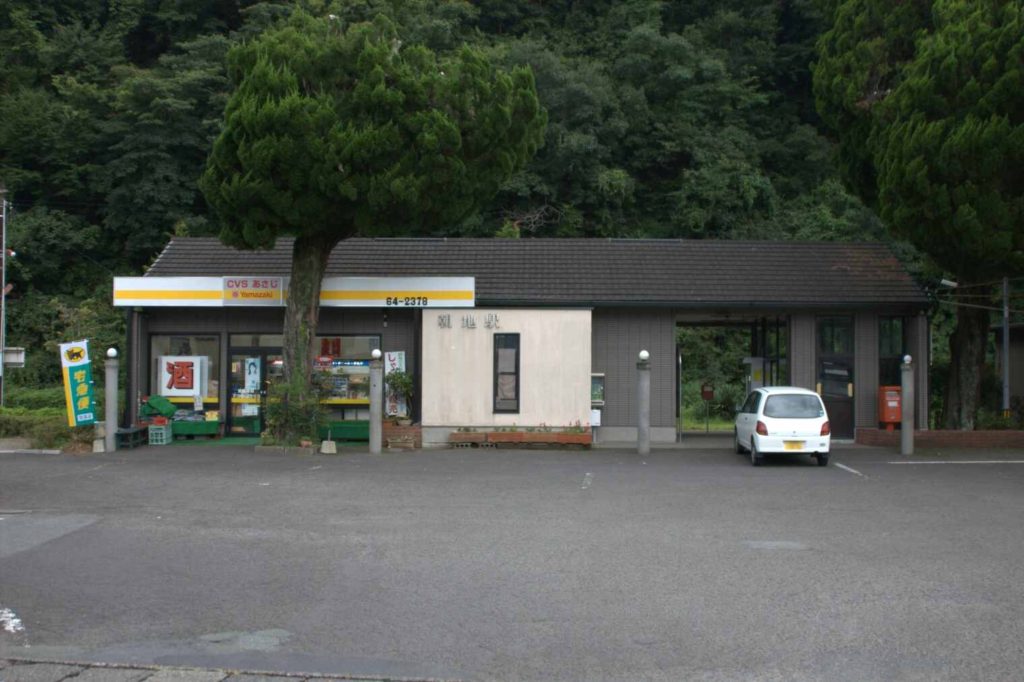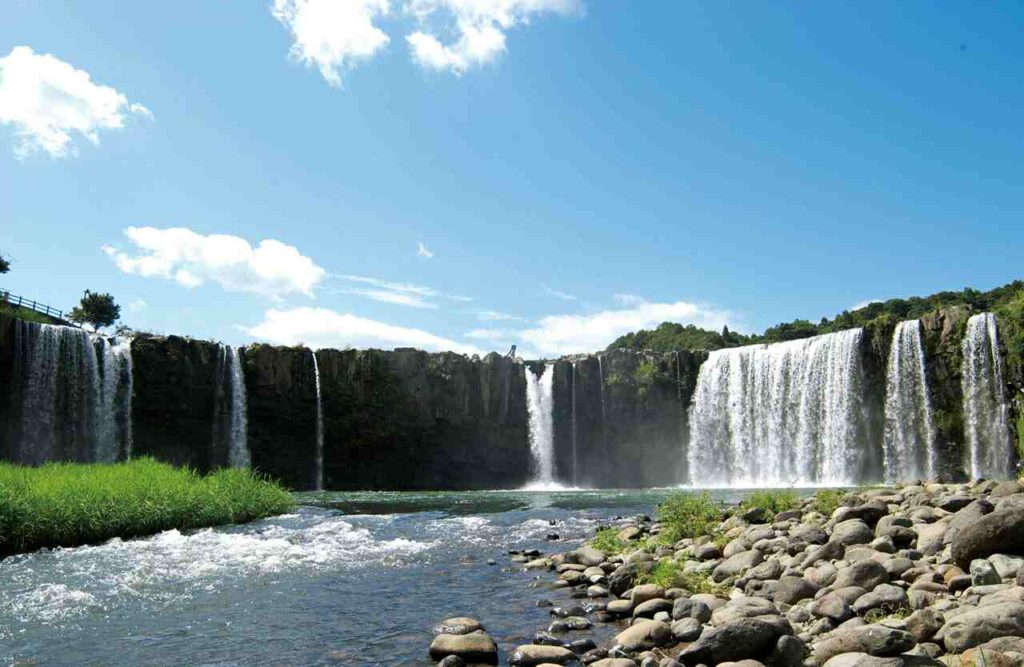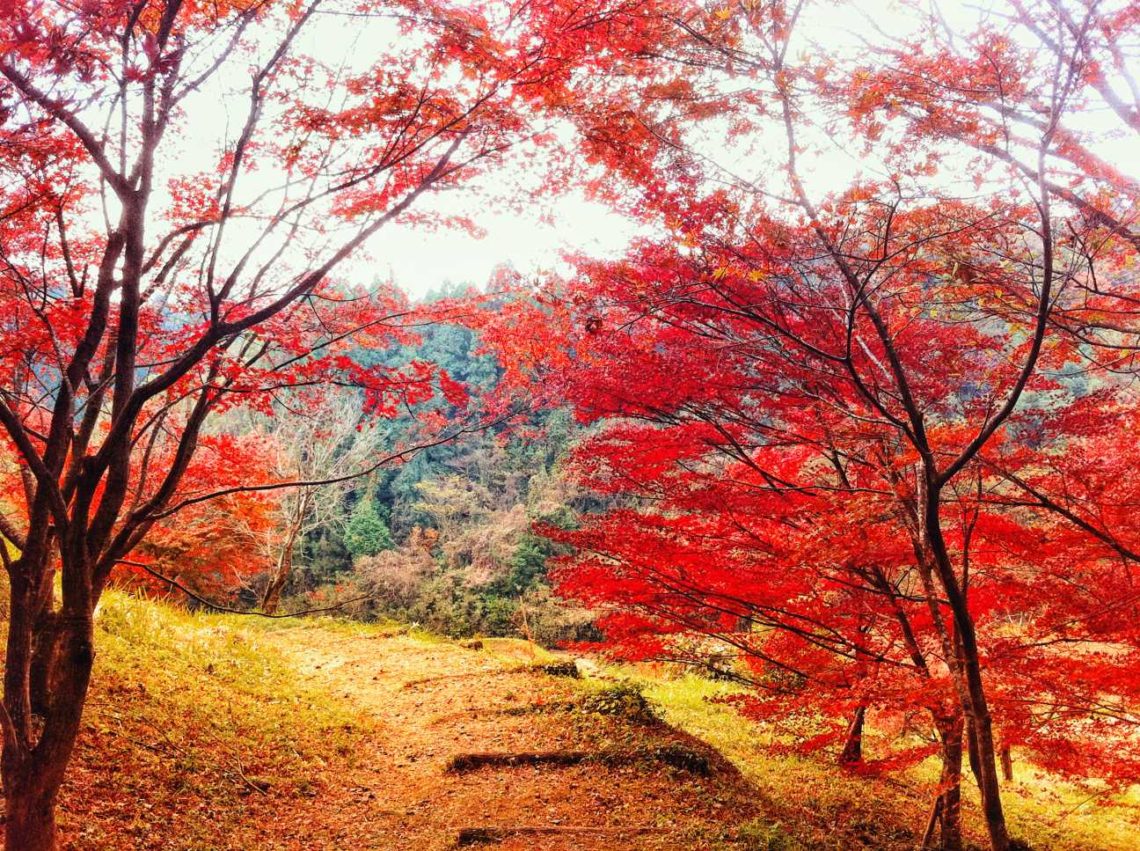
Bungoono – Admiring the Beautiful Autumn in Japan’s Enchanting Countryside
Have you ever heard of the autumn leaves (momiji/紅葉) spot known as Bungoono (豊後大野)? This little hidden city is known among locals as a lovely leaf-peeping or momijigari (紅葉狩り) spot. Located south of the city of Oita (pronounced ooi-ta/Ōita/大分) in Kyushu (九州), Bungoono offers an enchanting autumn experience together with a touch of Japan’s authentic countryside and rustic temples. To learn more about the beauty of this city, lets deep dive into it, shall we?
Table of Contents
The History of Bungoono
Bungoono’s history dated 90,000 year ago; where the volcano Mt Aso (阿蘇山) erupted frequently. This resulted in the everchanging landscapes; leading to the formation of various mesmerising waterfalls, canyons and cliffs. Because of this, the region is well-known for its lush nature unique geopark landscape.
Additionally, the region is rich in Buddhism history too; comprising of stone Buddhas and little rustic temples. This is because this area was one of the few areas where Buddhism first arrived and developed back between the 6th century. Buddhism came from China, and so to the art of carving stone Buddhas.
The region’s rich source of volcanic rocks helps in promoting the carving of Buddha statues, as they are softer and much easier to carve compared to other rocks. Carving Buddha statues out of stones indeed became a popular trend; especially between the late Heian period (平安時代) and early Kamakura period (鎌倉時代); 12 – 13th century where people started embracing Buddhism even deeper due to ongoing civil wars.
In fact, the name Bungoono itself did not come about until 2005. Prior to this, the region comprises of 7 small towns and villages. These are Asaji (朝地), Inukai (犬飼), Ogata (緒方), Ōno (大野), Chitose (千歳), Mie (三重) and Kiyokawa (清川). In 2005, eventually these towns and villages are combined into one city, known today as Bungoono (豊後大野).
Exploring Bungoono
Despite being called a city, don’t expect to see skyscrapers. Instead, Bungoono resembles more of rural farming village (see the history section above as to how the city is formed); comprising mostly of paddy fields, lush forests and mountains and little village houses. While public transportation here are scarce, this also means the roads are relatively safe to walk along.
Here in particular, we are going to explore the town of Asaji (朝地), one of the 7 towns merged to form Bungoono. This town presents plenty of lovely spots to admire the fall foliage during autumn (October – November); while getting away from the bustling city. Click on the below sections to find out more about this enchanting place.
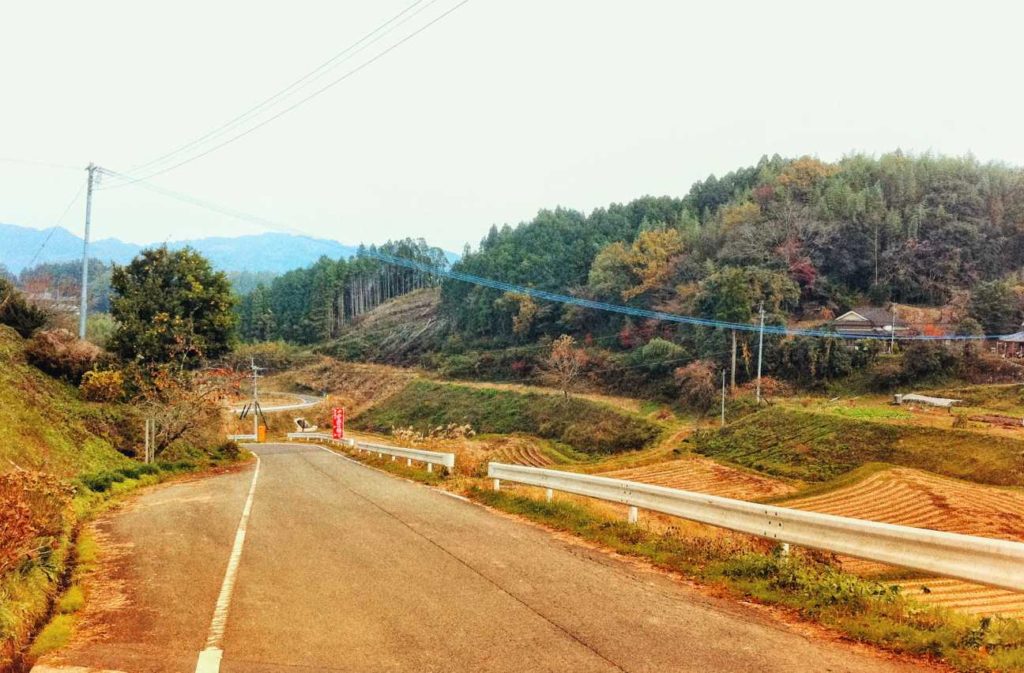
Save In Pinterest
No time to read this autumn guide now? Click on the save button and pin it for later!
Begin Our Journey from Asaji Train Station
Firstly, we begin our journey by arriving at Asaji train station (朝地駅) which took about 1 hour from Ōita station (大分駅). Being a curious explorer myself, I decided to snap some pictures of the town itself.
The overall town center itself doesn’t have much of an attraction, though it provides a glimpse of what rural Japan is; simple and rustic. Afterwards, we immediately make our way to Yujaku Park (pronounced Yuu-jaku/Yūjaku/用作公園), the local’s recommendation for leaf-peeping/momijigari (紅葉狩り). To do so, we need to maneuver through several countryside roads; passing by a rail track, village houses and rice terraces.
Literally translates as ‘autumn leave hunting’, it refers to the action of people walking around to admire the autumn leaves. Momiji (紅葉) means the red-tinted maple leaves that occur during fall; while gari/kari (狩り) refers to catching small wild animals, like birds and deers. It can also however, refer to plucking something like mushrooms (kinoko-gari/キノコ狩り) or mandarin oranges (mikan-gari/みかん狩り). It is also used in several extreme events in history; such as the infamous witch-hunt in Europe (Majo-gari/魔女狩り) and the sword hunt (katana-gari/刀狩り) event during Toyotomi Hideyoshi’s (豊臣秀吉) reign in 16th century Japan.
Directions to Yujaku Park (用作公園)
Firstly, head to the back of the station. Then, you will pass through the railway track which presents you with lovely photo opportunities.
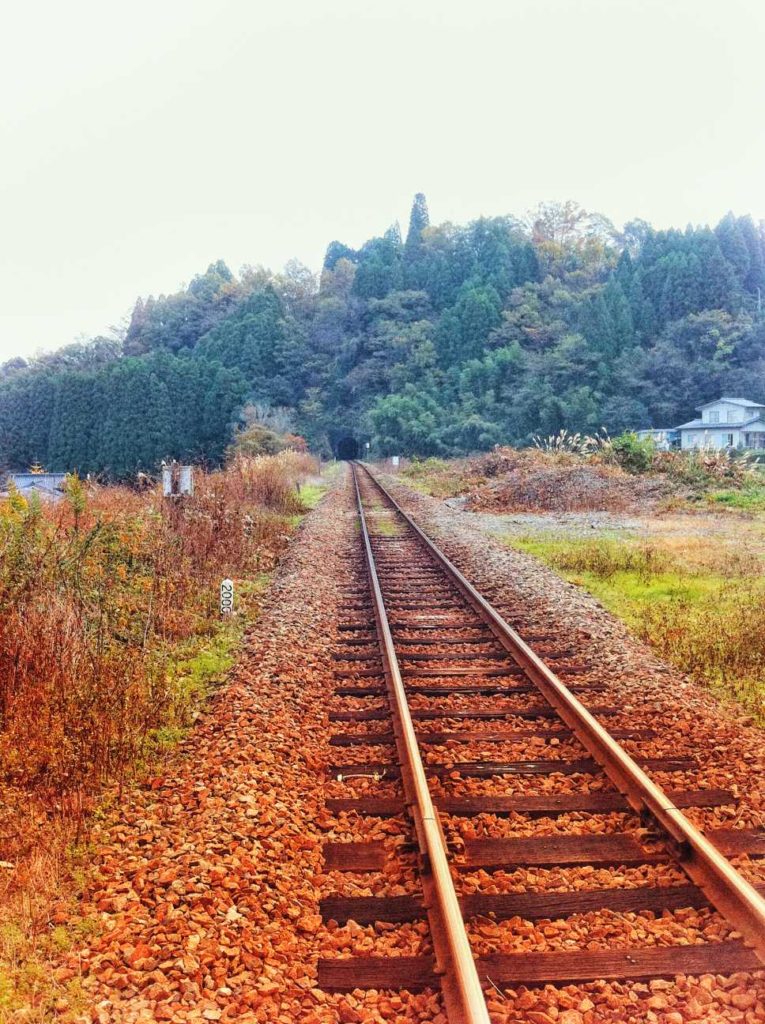
Continue on straight up to the hills and eventually we will come across farm houses and rice terraces. I like the view of the paddy fields from on top of the hill; as the terraces stack on top of each other elegantly; resembling a mansion’s staircase.
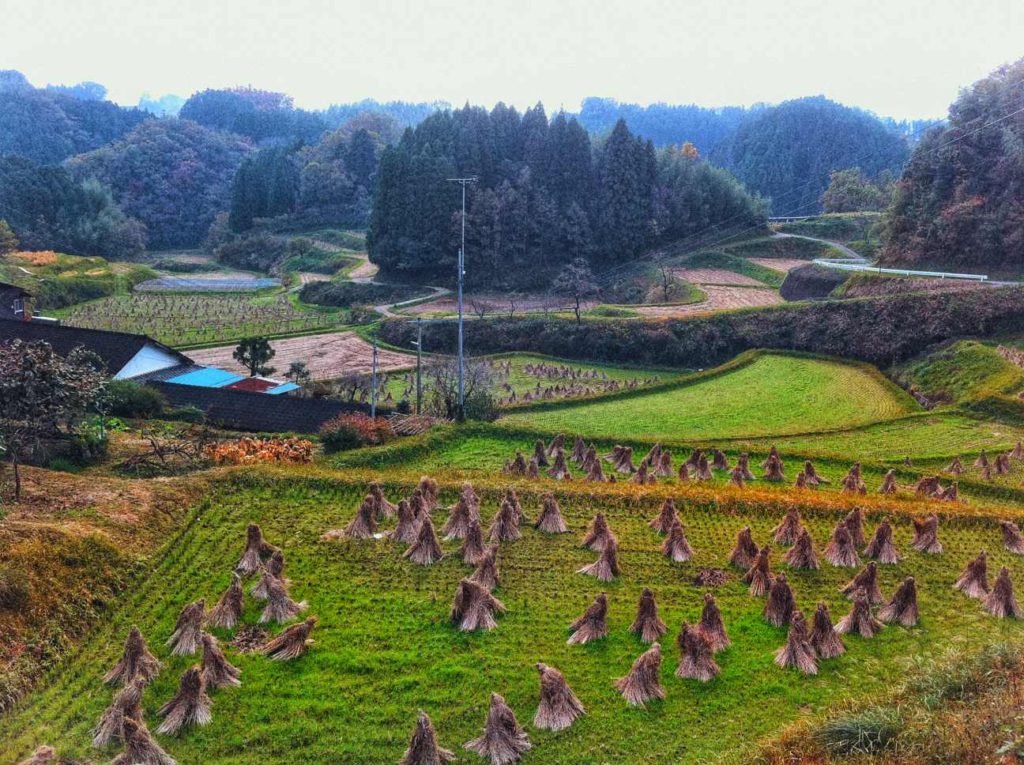
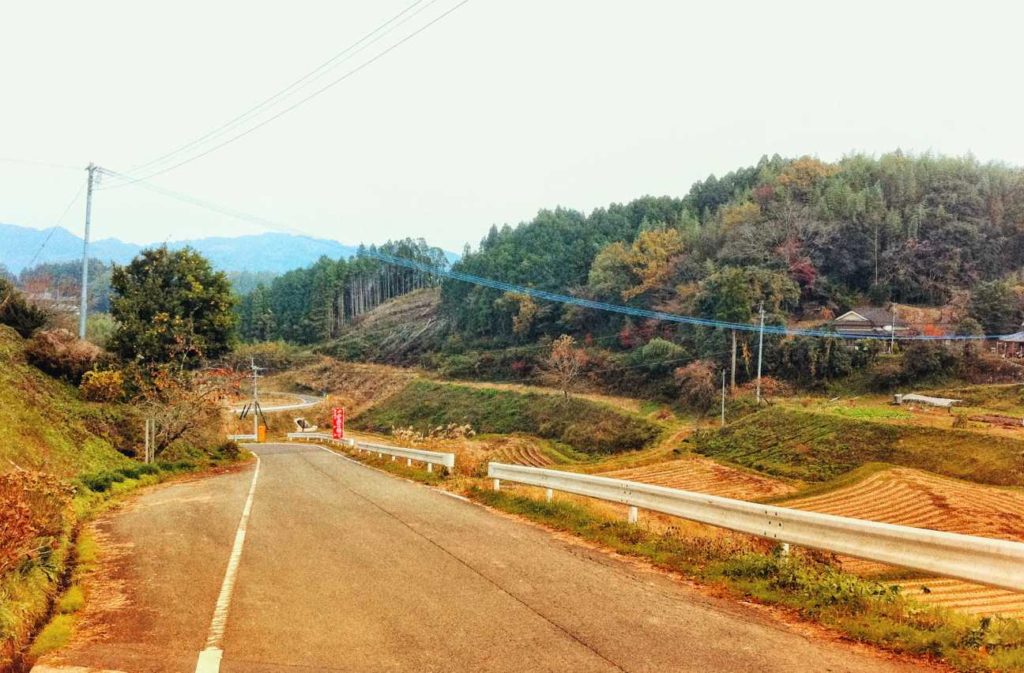
Continue on through some countryside roads until we will reach a junction forking left and right. Turn right and walk for another 5 minutes and you will reach Yujaku Park (用作公園). Along the way, the road presents plenty of opportunity to admire the serene natural surroundings. Indeed, its a unique experience to walk along an empty highway while admiring the countryside.
Yujaku Park (用作公園) - The Hidden Autumn Spot of Bungoono
After almost 30 minutes of walking (and snapping photos), we finally arrived at our destination. Yujaku Park (用作公園) formerly was a site for a villa for feudal lord Nakagawa Uemon (中川平右衛門) in 1664. However, what happened to the villa later remained unknown; just like the lord’s relatively unknown background.
While there is no villa here, the park offers mesmerising sceneries of autumn leaves that will transport you into a dreamland. A popular spot in Bungoono mainly among the locals, the park certainly lives up to its reputation for its autumn colours, and also the reason why Oct – Nov is the best time to visit here.
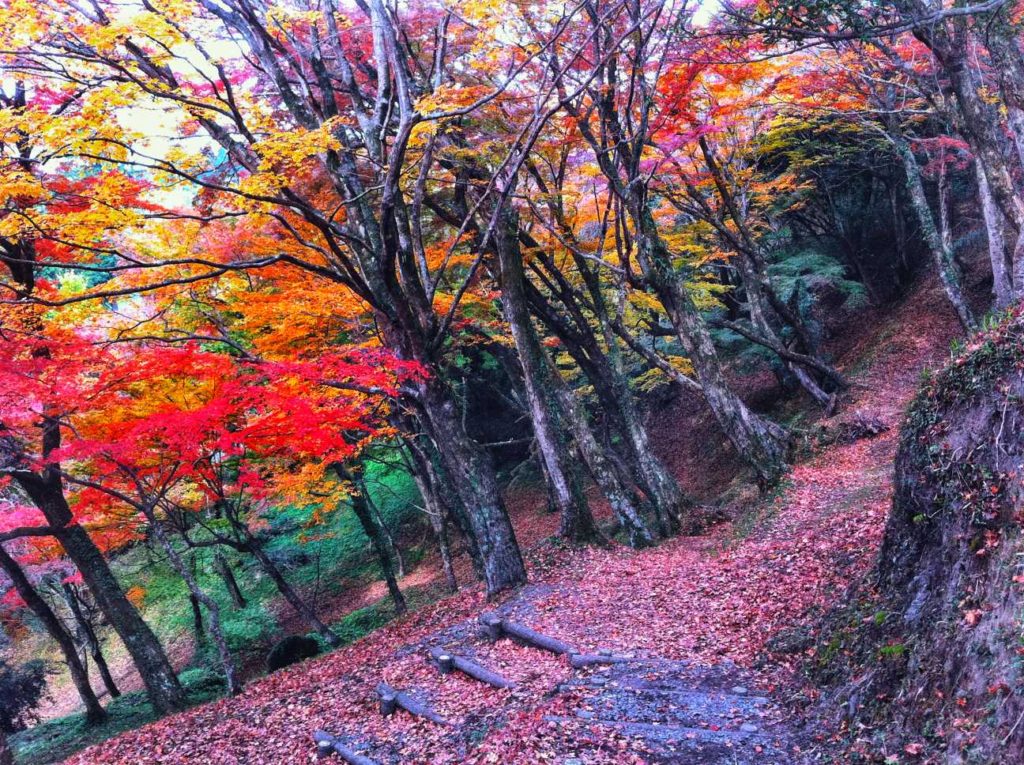
Honestly, there is so many layers of beauty to explore here; that even if your photography skills are bad, you can still snap some amazing pictures. =)
Afterwards, be sure to head down to the park as the park contains several ponds; which you guessed it, presents even more opportunities for photos. The ponds too serve as a compliment to the gorgeous orange leaves by reflecting their beauty on the surface; similarly to a mirror.
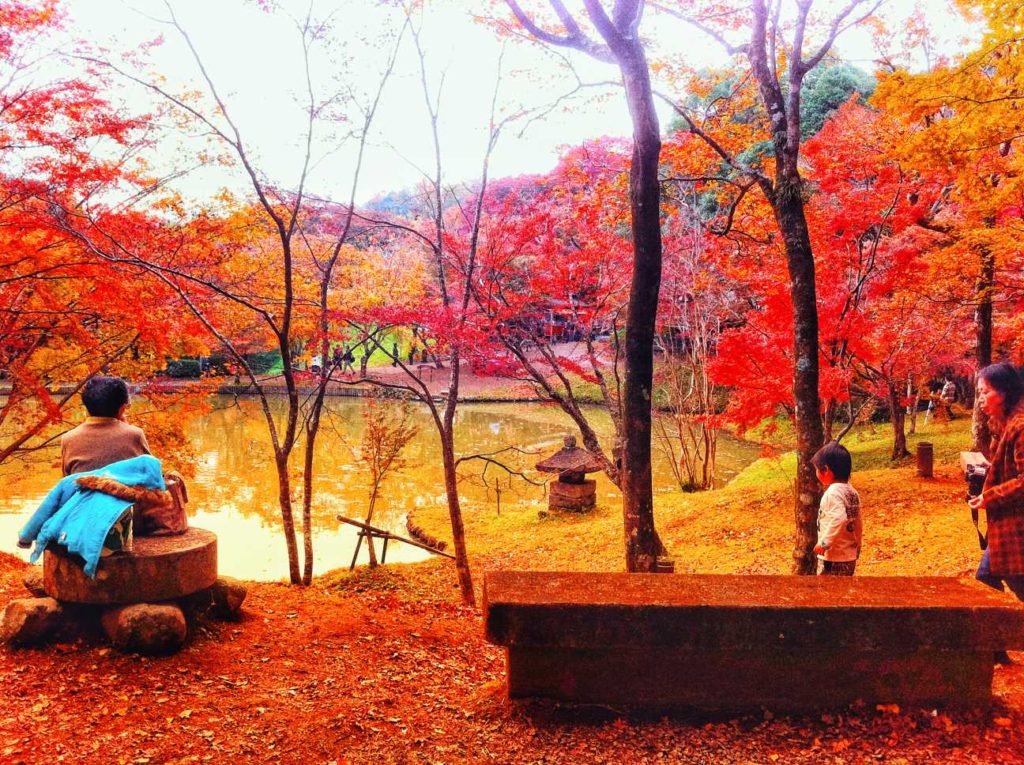
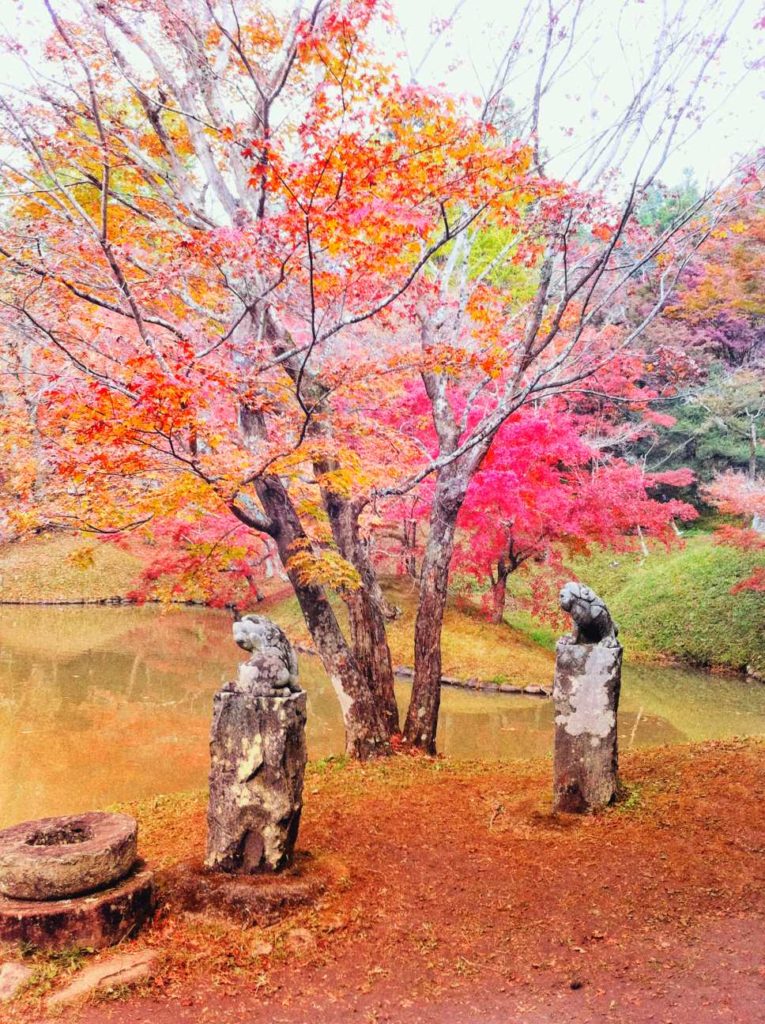
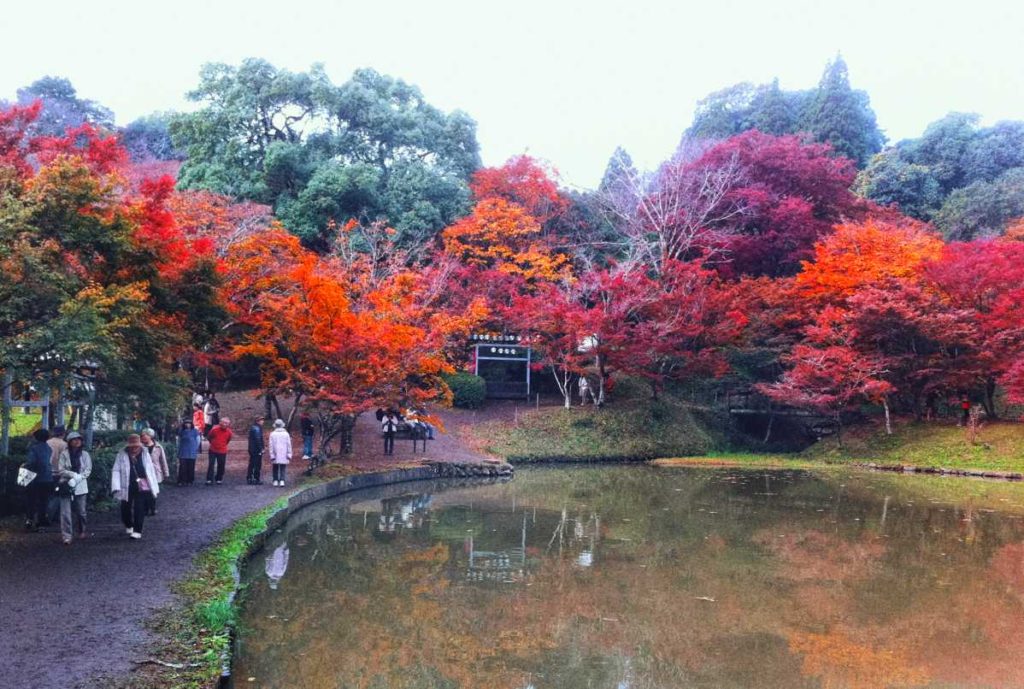
A Side Quest to The Secluded Fukoji Temple
If you have time to spare, be sure to check out the nearby Fukoji temple (30 minutes walk from Asaji station). Fukoji temple (pronounced Fukouji/Fukōji/普光寺) is a ancient cliff temple that features one of the last surviving giant Buddha statues in Japan. This is yet another wonderful spot in Bungoono to watch the autumn leaves, albeit in a smaller scale compared to Yujaku Park.
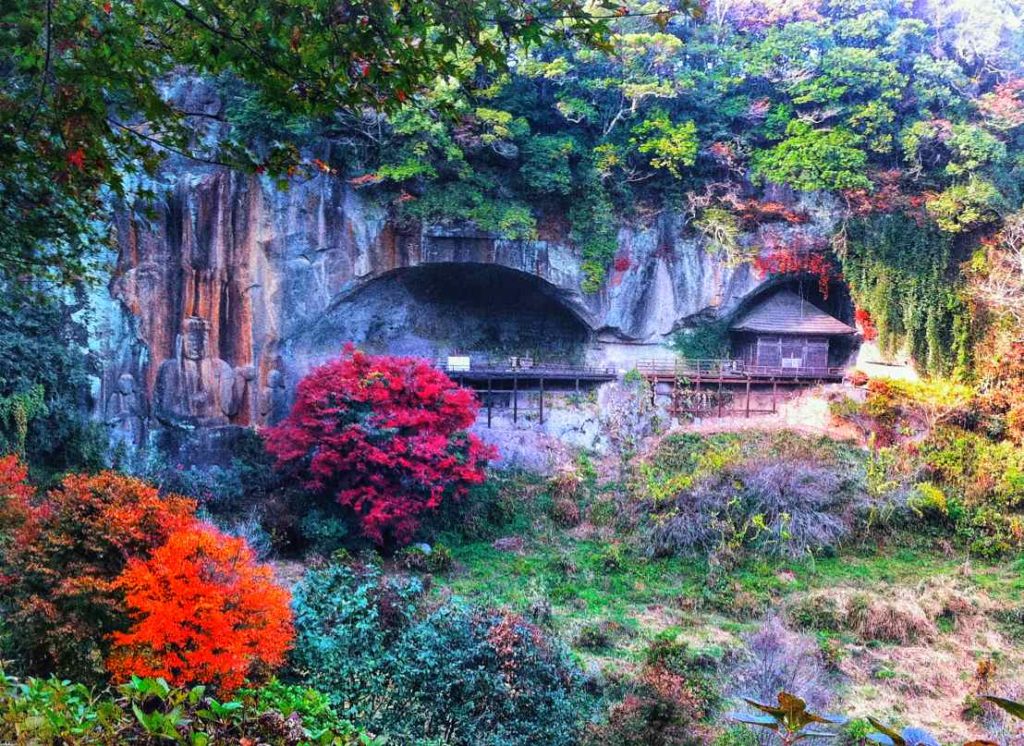
The said Buddha statue is Fudo-myoo (pronounced Fudou-myouou/Fudō-myōō/不動明王), known in Buddhism as the vanquisher of evil; and also because of its rarity, the Japanese government eventually designated it as a Historic Site. With its secluded location and serene environment; it is the perfect hideout for those looking to escape the noise from the city and to meditate.
If you are keen to visit this place; check out my separate guide to learn more about it and also on how to travel there.
Revisiting Autumn in Bungoono During a Sunset
After spending some time in the peaceful Fukoji Temple, we finally decided to head back to Asaji train station. On the way back, I couldn’t resist taking more pictures as the sun falls. The scenery of the orange/yellow autumn leaves being bathed by the sunlight is so mesmerising to look at. If you are walking along the road like us, you will get to immerse into the gorgeous and warm autumn scenery of Bungoono. Though admittedly, our legs were dead tired after a day’s journey of walking.
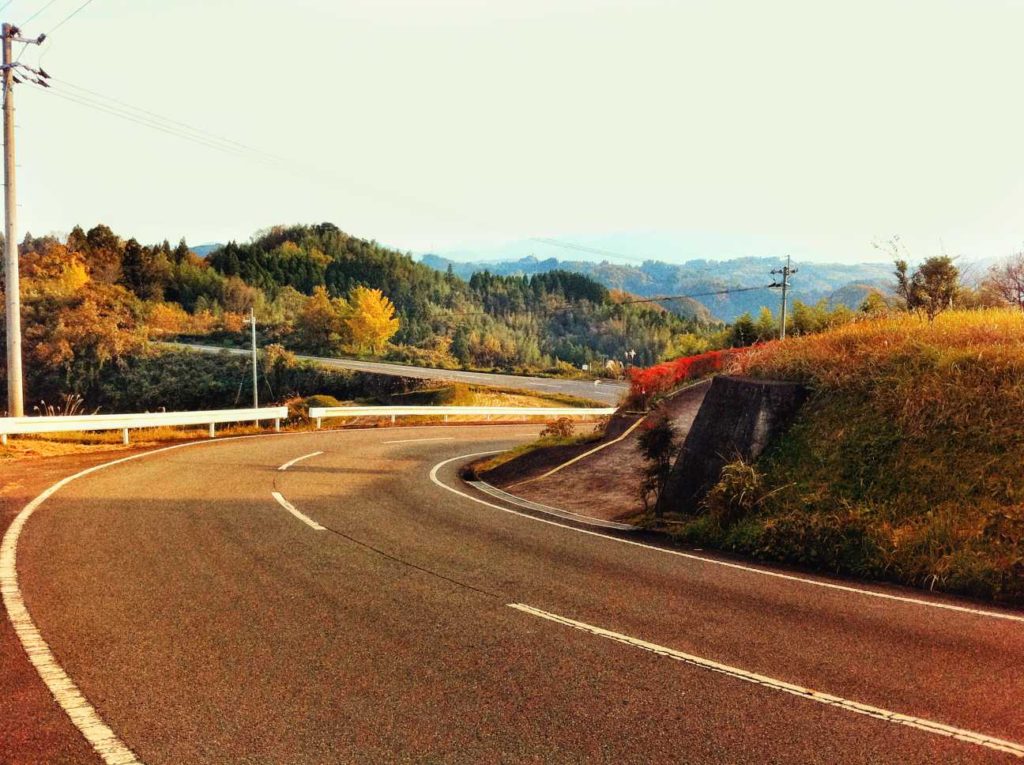
For the sunset lovers, don’t miss out on the opportunity to snap some lovely sunset photos on the way back. Especially if you are passing by Yujaku Park again; when the sunlight dyes the red autumn leaves, turning the whole scenery into a paradise.
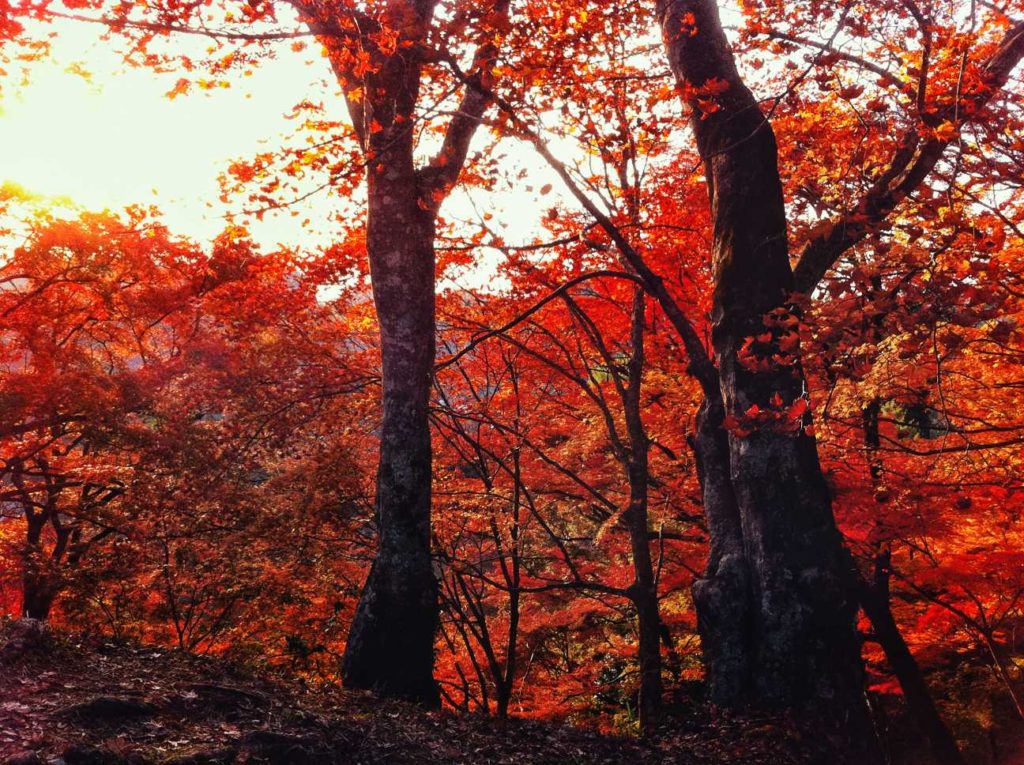
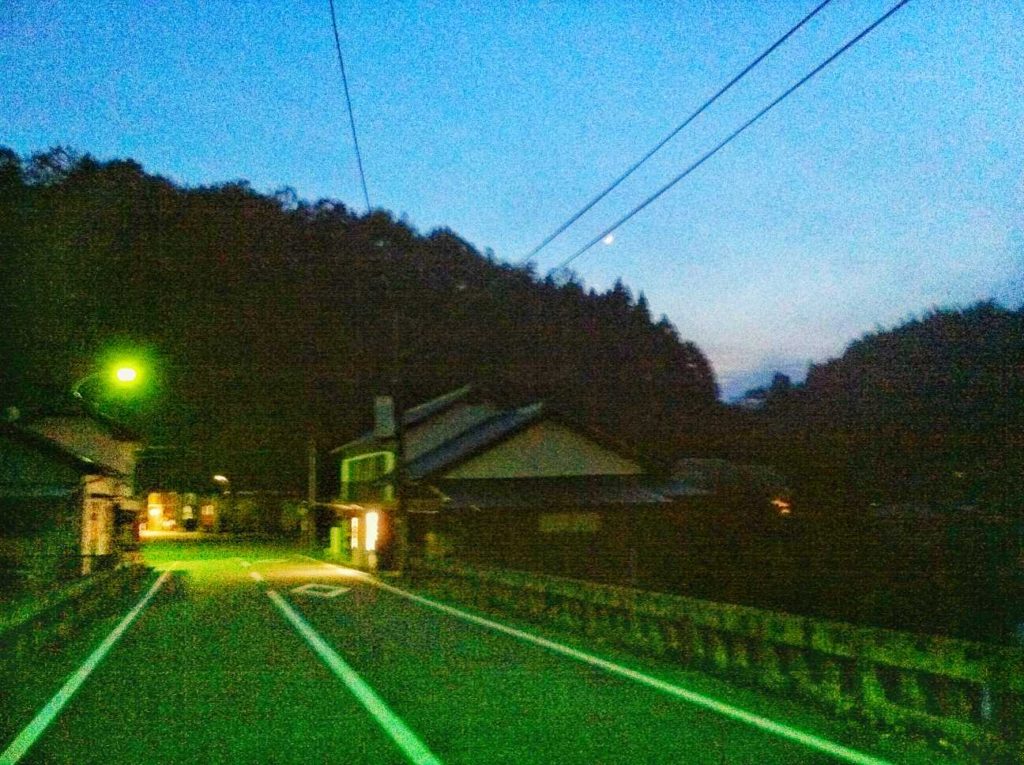
How to Travel to Asaji, Bungoono
By Train
In order to travel to Asaji in Bungoono; you need to board a train on the JR Hōhi Main Line (豊肥本線) which connects Oita (大分) and Kumamoto (熊本). Because of the town’s secluded location, places that offer direct rides to Asaji are limited. In fact, the best places to start your journey by train are Oita (大分), Taketa (竹田) and Kumamoto (熊本).
The station to look out for is Asaji station (朝地駅); which upon arrival you will be greeted by this small and simple-looking station.
Editor’s Note:
Travelling via train is very convenient; but can also be very costly and most likely will make up 50% of your travel expenses in Japan. If you are keen in visiting the rural Bungoono and other parts of Japan, I would suggest the Japan Rail Pass or JR Pass (ジャパンレールパス); a convenient all-you-can-ride pass that allows you to ride on all JR lines in Japan including the JR Hōhi Main Line. A wonderful option especially if you are travelling extensively around the country. Check out the JR main page to learn more of this pass.
By Car
The more undeniably flexible option to travel to Bungoono is by car rental. Rich in natural landscapes like deep canyons, hiking spots and waterfalls that are as gorgeous as the Niagara Falls; as well as many more hidden stone Buddhas, Bungoono certainly has a lot of attractions to offer for those who enjoy the countryside.
Yet, most of these attractions are located far from the train stations and public buses are limited. Not to mention, taxis in Japan are expensive. All the more reason to rent a car to explore this hidden and mesmerising area; as well as skipping the long hours of walking.
Editor’s Note:
A friend of mine used Tocoo; Japan’s leading rental car website which is reliable and provides a wide selection of cars, ranging from small economical cars to the big family ones with affordable rates. Are you unsure of getting the necessary license and familiarising with the rules of driving in Japan? Fret not as they provide comprehensive and elaborate guides in their site on what you need to start your driving journey in Japan. Click here to embark on a wonderful journey of driving through the countryside of Japan.
Additionally for more details, I would recommend checking out Bungoono’s official website as they feature a comprehensive list of attractions across the geopark.
Overall Thoughts
Is it worth to visit the secluded Asaji in Bungoono? I would certainly recommend visiting especially if you:
- Are eager to experience the fall foliage in Japan; free of the large tourist crowds.
- Love going on walking tours (like really long walks) and immerse into Japan’s serene countryside.
- Interested in Buddhism and checking out ancient Buddha statues.
- Are going on a road trip and would love to stop by mesmerising natural landscapes.
The best time to visit Asaji, Bungoono is no doubt autumn (October – November); when the sceneries are accompanied by the beauty of the autumn leaves. Alternatively, if you enjoy watching flowers; summer (mid June – July) is a good time to witness the hydrangeas bloom.
Loving the content here?
Subscribe and get your free hidden gems in Japan bucket list here.


You May Also Like

Hikone Castle – The Ultimate Travel Guide & Must-Know Hidden Tips
December 14, 2024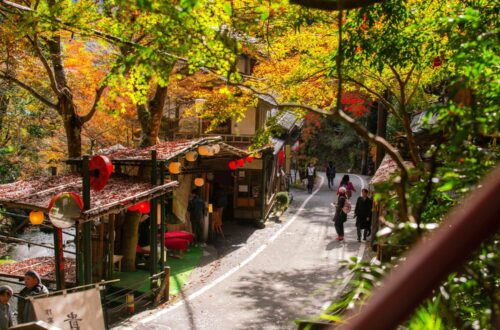
Kibune – A Complete Travel Guide to Kyoto’s Mystical Village
August 3, 2024